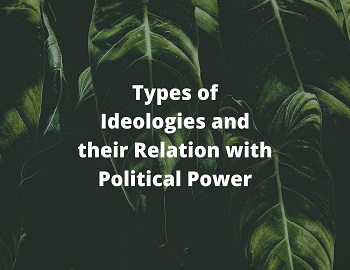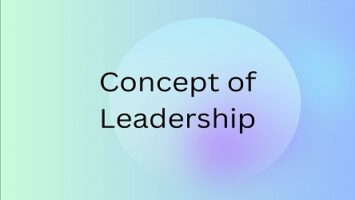Nature of International Conflict:
Nature of conflict is summed up by Mack and Synder in six conditions for identification and characterization of conflict-
(1) First, conflict requires at least two analytically distinct entities or units, such as persons, groups in organizations. Conflict implies a minimum of visibility, contact and interaction (not necessarily face to face) between the two or more parties.
(2) Second, conflict arises from at least two kinds of scarcity: position scarcity and resources scarcity. Position scarcity is a condition in which an object cannot occupy two places at the same time, serve two different functions simultaneously, or perform two or more roles simultaneously. Resources scarcity is a condition in which the supply of the desired object or “future states of affairs” is limited so that parties cannot have all they want of anything”.
(3) The third feature of conflictful behaviour is the interest to destroy, injure, thwart, or otherwise control another party of parties. Generally, a conflicted relationship is conceived as one in which the parties can gain (relatively) only at each other’s expense.
(4) Fourthly, conflict requires interaction among parties, during which actions and counteractions are mutually opposed. Conflict cannot exist without action, and such action must presumably embody the pursuit of mutually exclusive or incompatible goals or values.
(5) Fifthly, conflict relations seem always to involve attempts to gain control of scarce resources and positions and to influence behaviour in certain directions; that is a conflict relationship involves either attempts to acquire or exercise power or actual acquisition or exercise of power.
(6) Sixthly, conflict relations are seen as constituting a fundamental process going on through time and having important consequences. Such conflict processes and relations are said to represent temporary tendencies towards disjunction in the interaction flow between parties. Conflict relations do not necessarily represent a breakdown in the regulated conduct of the parties but rather a shift in their governing norms and expectations.
Goldman says that “building upon the Mack and Synder survey it is possible also to define conflict from a situational point of view. A conflict situation may be viewed as a social relationship between two or more parties (persons, groups or organizations of entities), in which at least one of the parties perceives the other as an adversary engaging in behaviours designed to destroy, injure, thwart, or gain scarce resources at the expense of the perceiver”.









Comments (No)